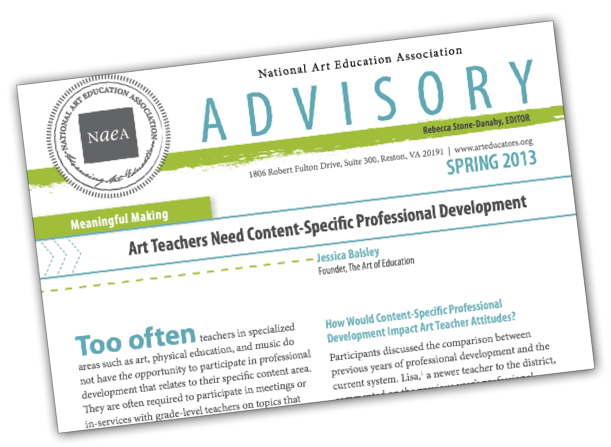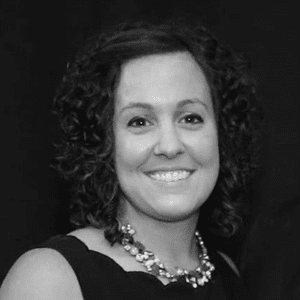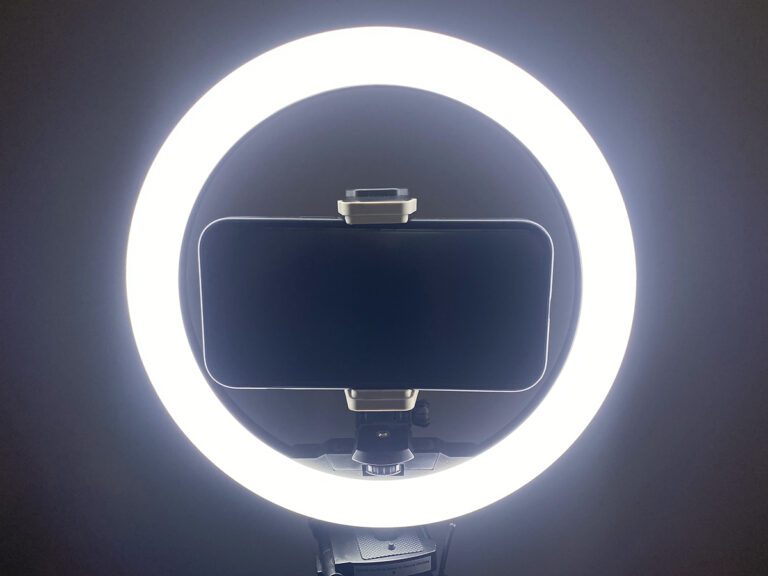I’d like to share some fun news: My research was recently published in the Spring 2013 edition of the NAEA Advisory, a professional online journal that, according to them, is ‘aimed at translating research and theory into practice for the K-12 NAEA member.’ Right up my alley, no?
As some of you may know, AOE didn’t just start on a whim, but actually as a bi-product of my Master’s Thesis entitled “The Effect of Professional Development on Art Teacher Attitudes.” I found through my research there were not enough professional development opportunities specifically for art teachers, and that a positive PD experience can greatly impact art teacher’s attitudes toward their career and the profession in general.
After conducting this fascinating research (yes, I’m a nerd) I could no longer sit on the sidelines, and HAD to do something about it. The original research is the foundation in which this website was built upon, and I am excited to share the ‘meat and potatoes’ of my work with a wider audience.

If you’ve ever thought about submitting an article to a professional journal, but don’t know where to start, (I admit, it was daunting at first) I would like to share 6 steps outlining the process, and a few insider tips I have along the way.
The Process of Submitting Research to a Professional Journal
1. Choose your publication.
I started with NAEA’s Publications page and found a journal to apply to that best fit my style (practical application) and the subject of my research. Note: You can usually only apply with the same article to one publication at a time, or they won’t take your work. You can’t double dip, so keep this in mind when submitting.
2. Submit it for review.
After submitting my article, I crossed my fingers and waited. I thought it was a long shot, so I waited, and waited, and one day it really surprised me when I heard back that my article was interesting and they would like to move forward. Score!
3. The editing process.
An editor will work with you on every little detail in your article make sure everything is accurate. This may include several rounds of ‘back and forth’ until the article is just right.
4. Wait…
Now, this is the part I don’t like. I am an instant gratification person (hence running an online magazine where publishing is as simple as clicking a button). I was a bit disappointed, to say the least, in the amount of time it took from original submission to final publication. We are talking several years, people (just keeping it real). I was quite proactive in touching base about the article’s status to make sure it was still in the process of becoming published. I would recommend becoming your own advocate when it comes to these things.
5. Final edits.
The last round of editing involved working with different editors to refine, double-check the details, and make sure everything was set to go for publication.
6. Congratulations. You are published!
You never know when the exact date of your publication will roll out, but a few weeks before they gave me a general idea of the issue in which it would be published. The long journey is finally over. Yay!
Overall, I found the process to be meaningful and rewarding. As I said before, my biggest disappointment was the wait time. I think art teachers should have relevant content coming at them in real time, not years later, but that is a personal preference.
My next question is: Does anyone actually read this stuff? Just checking. I am curious, do you keep up on professional publications? Let us know in the comments section.
If you would like to read my entire article, you will need to log into the Advisory website and be a member of NAEA. 🙂 Enjoy!
Have you ever submitted research to a professional journal?
Do you keep up on professional publications? Tell us more!
Magazine articles and podcasts are opinions of professional education contributors and do not necessarily represent the position of the Art of Education University (AOEU) or its academic offerings. Contributors use terms in the way they are most often talked about in the scope of their educational experiences.




